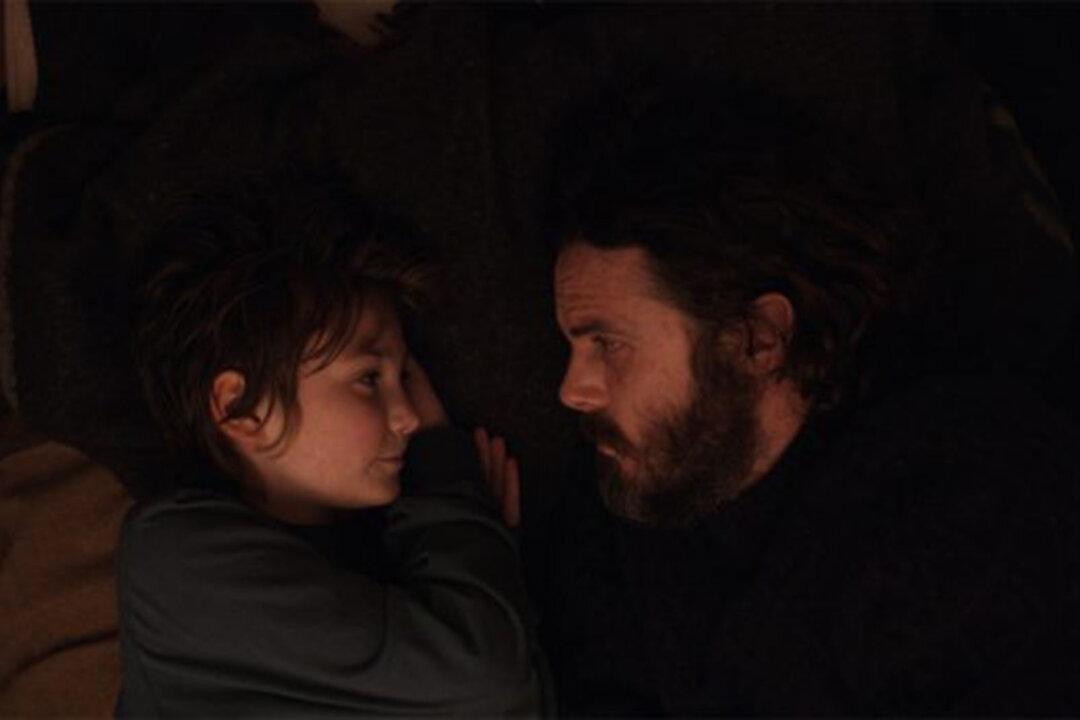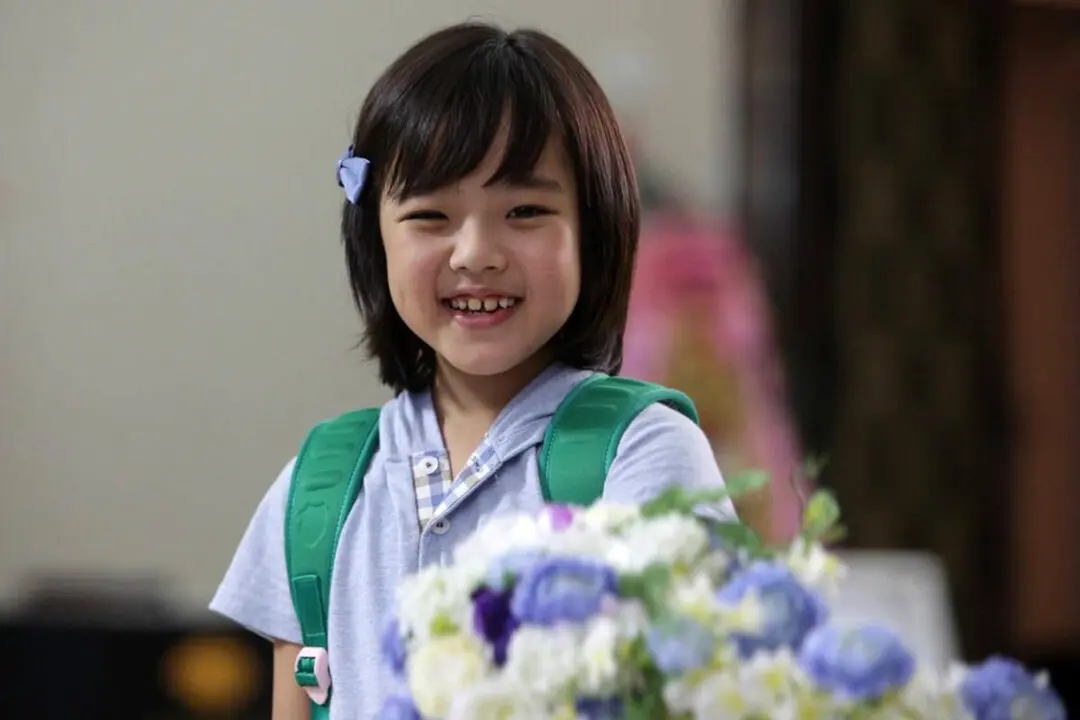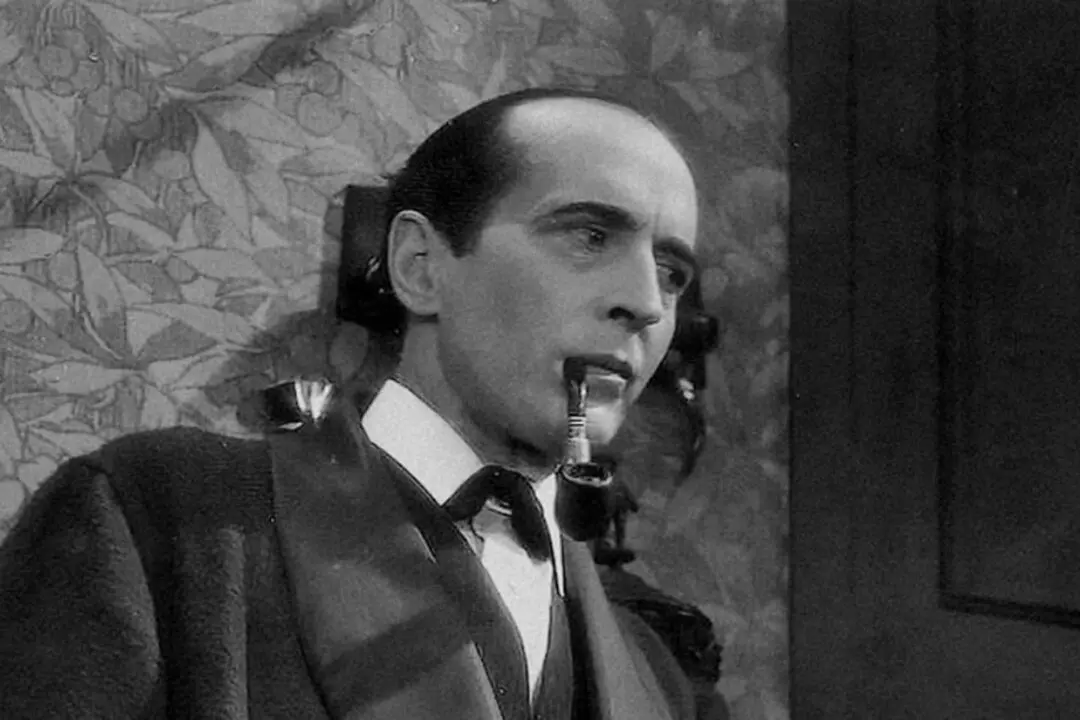R | 1h 59min | Drama | 9 August 2019 (USA)
We live in an ADD-afflicted society, where people seem to be in constant need of stimuli. The audience reaction to the opening moments of a new post-apocalyptic, indie drama, “Light of My Life,” illustrates this issue perfectly.






